PCOS or otherwise known as Polycystic Ovary Syndrome is a disease that is associated with the human endocrine system. The endocrine system is responsible for all the hormones found inside the body. These hormones have the primary role of being responsible for normal body functions. Without them, the body would not develop as it should be. Hormones are signals that are similar to nerve impulses initiated by the brain. They are released for other organs to function normally and aid in day to day functions. Polycystic Ovary Syndrome is a condition that can be seen in women in the age bracket that are capable of reproductive functions.
Cases such as abnormally excessive hair growth, prolonged or infrequent menstrual cycles, obesity and acne can all be observed in women with this syndrome. If these signs are observed in adolescents, suspicion of the condition can be made. The exact reason for why this syndrome presents itself is currently unknown. However, diagnosis made during the early stages and subsequent treatment can decrease the possibilities of long-term difficulties taking place. Also, weight loss can help in reducing the risks of obesity because this can cause more problems in the future. Complications in women’s health that are seen in long-term difficulties include heart disease and diabetes type two.
When Can Symptoms Be Seen?
The signs and symptoms of Polycystic Ovary Syndrome can be observed when a woman begins to have her periods. This means that normally, when adolescents go through changes during puberty, symptoms of the syndrome can already be pin pointed. This is due to the fact that it is during this stage that a woman first starts to go through her menstrual cycle.
Sometimes, however, symptoms show later rather than adolescence. If there is the presence of weight gain or obesity, there is also a high possibility that symptoms can develop during what is termed as the reproductive years of a woman. Since all of us are different, the syndrome can have different intensities in women who have such syndrome. But one thing that is common to all is that if the individual is obese or overweight, symptoms can intensify and worsen.
Periods That Are Irregular or Infrequent
Among all the characteristics of women with the syndrome, this is the most common. Instances of periods which are irregular include having intervals between menstrual cycles for more than thirty five days. Also, some women have menstrual cycles that happen lesser than eight times a year. This also puts them under the coverage of Polycystic Ovary Syndrome. There are also cases that women fail to menstruate for four months or even longer. On the other hand, women can also have periods that are too prolonged and heavy.
Androgen in Excess Amounts
Women have male hormones in their bodies too, however, they are in very small amounts. Androgen is a hormone that is found more prominent in males than in females. When a woman has higher than normal levels of androgen in her system, it creates a hormone imbalance that results to physical signs of the syndrome. These include body hair and facial hair that are excessive for a woman. Additionally, elevated androgen levels in a woman can also cause severe acne for adolescents and adult acne for those over eighteen. Male-pattern baldness can also be possibly observed in a woman as she ages depending on how high her androgen levels are.
Polycystic Ovaries
From the name itself, Polycystic Ovaries involve the presence of cysts or sacs that are filled with fluid. Many of these cysts become greater in size. These structures surround the eggs that are present in the ovaries. Polycystic Ovaries are also a result of hormone imbalances present in the woman’s body. It is through this that cysts arise on these structures.
Diagnosis by Exclusion
It is important to remember that Polycystic Ovary Syndrome is hard for even the best doctors to diagnose. Diagnosis of exclusion is performed. Meaning, the doctor will determine that you have the syndrome by eliminating other women’s health conditions that are similar to Polycystic Ovary Syndrome. By this method of ruling out other possibilities, they can be able to propose the chance of you having the syndrome.


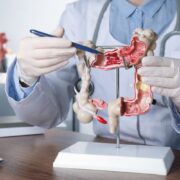

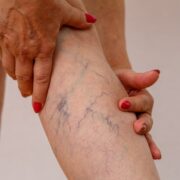
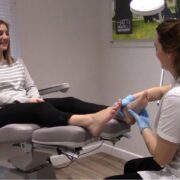


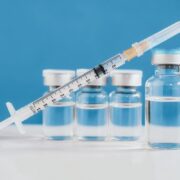


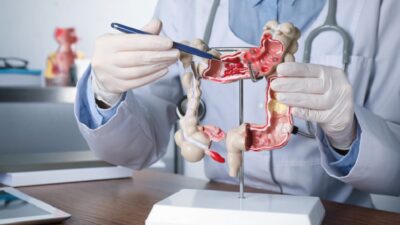

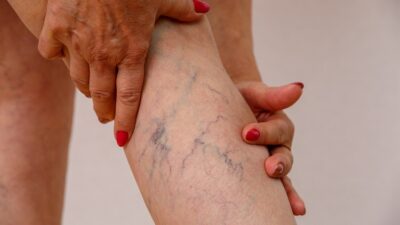
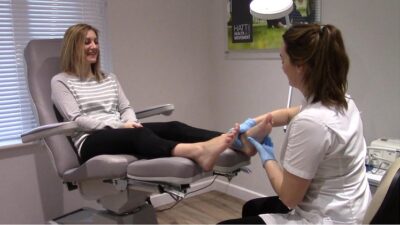

Comments